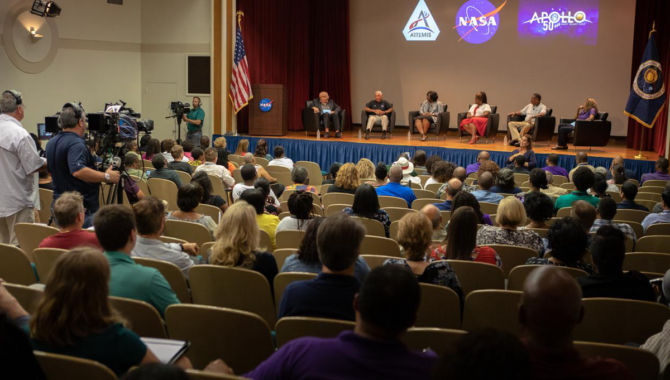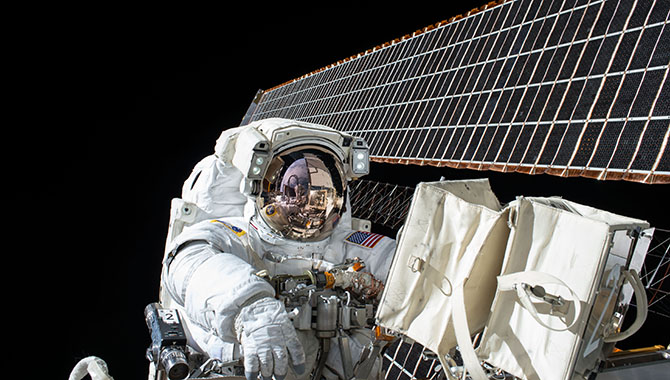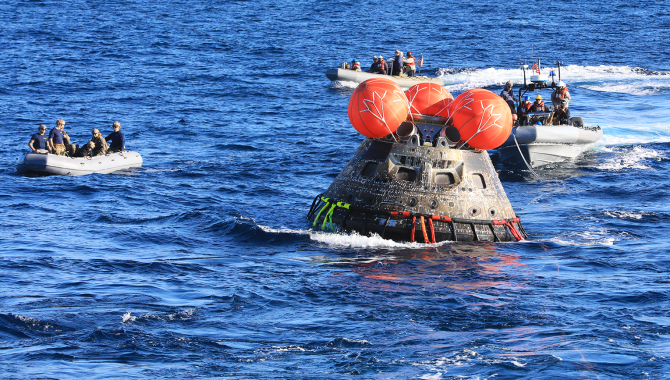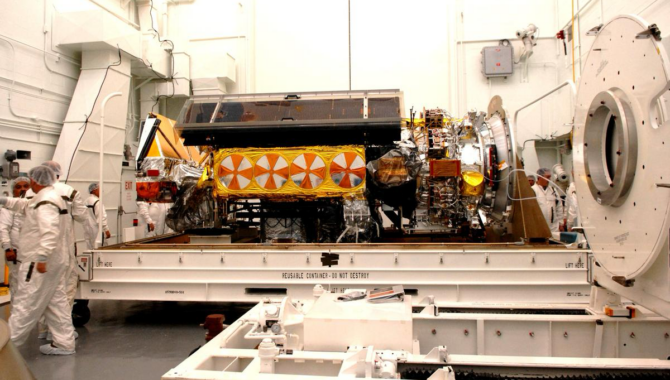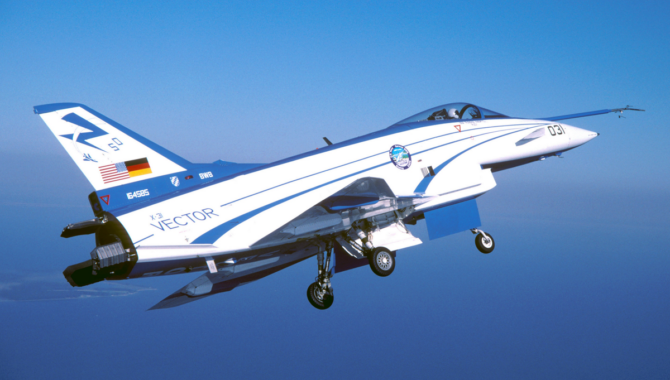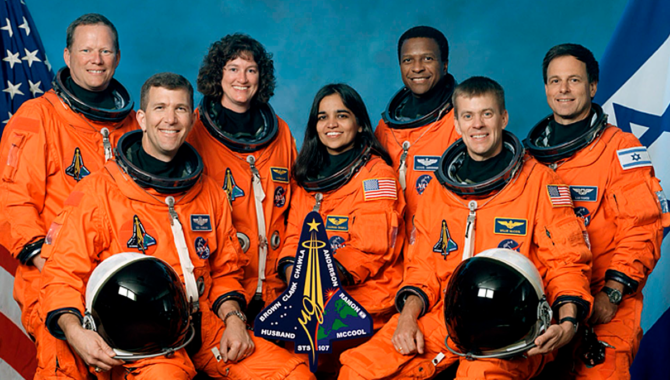
Case Study–A few minutes after the Shuttle Endeavour reached orbit for STS-126 on Nov. 14, 2008, mission control noticed that the shuttle did not automatically transfer two communications processes from launch to orbit configuration. Primary communications continued to use S-band frequencies after they should have transferred to the more powerful Ku-band. The link between the shuttle and its payload — the Payload Signal Processor (PSP)–remained configured for a radio link rather than switching.






